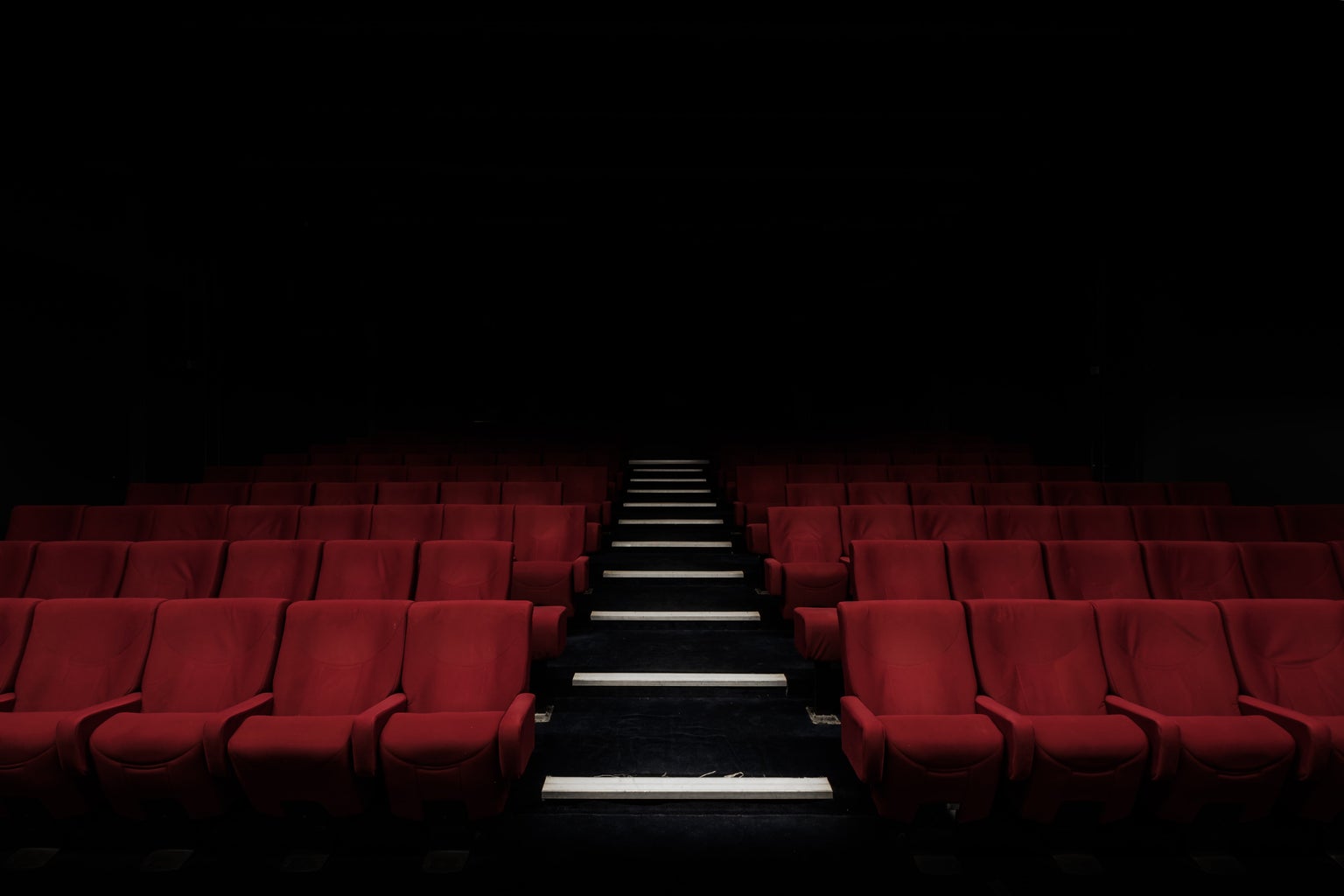Five minutes into watching Euphoria creator Sam Levinson’s Malcolm and Marie, I said out loud to my roommates, “I’ve seen this before.” I hadn’t, but it might as well have been straight out of a script titled A Slightly-Older Rue Gets Manipulated (Again). Coming right on the heels of Euphoria’s special episodes, which were both composed almost entirely of dialogue, Malcolm and Marie’s hype was largely kindled by a question all fans were eagerly asking: what’s next for Sam Levinson? Unfortunately, it seems he didn’t quite answer the question, as once again his project was written for Zendaya to star as a vulnerable and insecure young adult in an unhealthy relationship—only this time, we got no insight into any of the characters’ inner thoughts, making for a pretty vapid viewing experience as it was hard to connect to Marie and just as easy to hate Malcolm. The overreactivity, gaslighting, and blatant emotional abuse from John David Washington’s character was so tactlessly strewn about that it lost its edge almost immediately. By the third time Malcolm said something as out of pocket as “You know, Marie, you are genuinely unstable. I’m not kidding! I’m actually concerned for your mental well-being!”, it was no longer shocking. And it didn’t get better by the film’s finale; there was no twist ending where Marie got revenge and stabbed him in the neck while he slept, no provocative scene showing the complexities of Malcolm’s conscience, and certainly no conversation to be continued by the audience after the credits rolled. In its attempt to reach an ultra-realistic level of authenticity, Malcolm and Marie lost any allure it had the potential to encapsulate.

Both Rue’s and Jules’ episodes of Euphoria, released on December 4th and January 22nd respectively, were essentially a front row seat into our main characters’ therapy sessions. They were introspective and hard hitting, albeit controversial, and the stream-of-consciousness format didn’t seem one-dimensional due to the trust and connection we shared with Rue and Jules. Malcolm and Marie followed a similar structure, but failed to captivate my attention for longer than 15 minutes straight. After only a few minutes, all of my friend group had agreed that Malcolm was a textbook narcissist with no redeeming qualities. Not only was that all we really knew about him for a while, it was also all we wanted to know. His emotional manipulation was overt and even overstated to the point that it seemed Levinson had little to no belief in the deduction skills of his audience. In every word that Malcolm spoke, his emotional immaturity and arrogance was apparent, leaving most of what he said irrelevant to the plot. You may be wondering, “What was the big problem that this single scene was able to make two underdeveloped characters argue about for an hour and a half?” Malcolm, a director rising to fame, failed to thank his wife, Marie, at the premiere of his latest movie. Cue the endless eyerolls around the room.
The film from that point on is essentially a carousel ride through Malcolm and Marie’s relationship; it goes up, and down, and around in circles just to end up right where it started. As it turns out, not only did Malcolm forget to thank Marie, he also “forgot” to acknowledge that movie was written about her life! And, to make matters even worse, Marie is an aspiring actress who auditioned for the part of the main character (AKA herself) and didn’t even get a callback. We find all this out slowly throughout the film, interspersed with screaming matches and some tangential rants from Malcolm about race that felt ingenuine coming from white writer Levinson. At one point, referring to a criticism that claimed he showed too much sexual pleasure in the pain of his protagonist, he yells, “I mean, why did I shoot the scene the way I did? Is it because I’m a man, is it because I’m straight? Is it because I’m desensitized to violence or is it because I believe that if you witness trauma onscreen, the audience should also feel that fucking trauma?” He continued to dismiss all criticisms that referenced race or gender in any way, claiming that “to box people in because you don’t have the love of film, because you don’t have the mind to critique the form, the medium, the technique” is bullshit. If this scene had been written well or even well-intentioned, I might be able to forgive its utter irrelevance to the rest of the movie. But it was clearly only included to bait the critics, and so that Levinson, who hasn’t had the best track record with white female critics, could absolve himself of writing a movie centering on Black characters while refusing to engage in any conversation about race besides in this one self-centered moment.
When I asked my friend Jonah what he thought of it, he answered with a deep sigh. “Why’d they argue for so long?” he said. “It was just like, damn, that’s it? Like that’s literally it. Visually it was great, but visuals aren’t everything,” he continued. “What is this for? Is this an assignment?”

To be honest, the last thirty minutes of the film are barely memorable. The final shot was, as Jonah mentioned, visually pleasing, but unsatisfying. It showed Malcolm, through the window of the couple’s empty bedroom, walking to join Marie in their backyard. And then they just stood there, as “Liberation” by Outkast played them off. “There’s a fine line between love and hate,” starts one of the verses, and as I heard it during the credits, I thought to myself that I’d much rather have just listened to this song than sat through 106 predictable minutes of film only to have understood the very same message.



